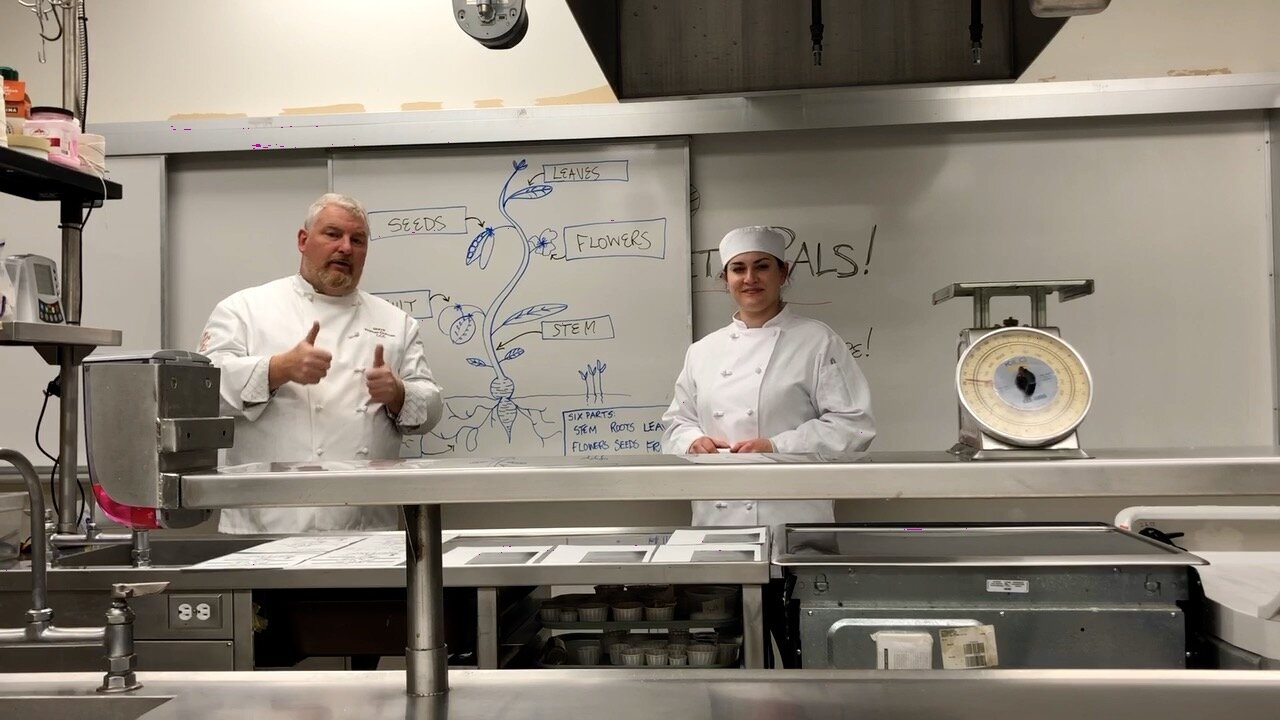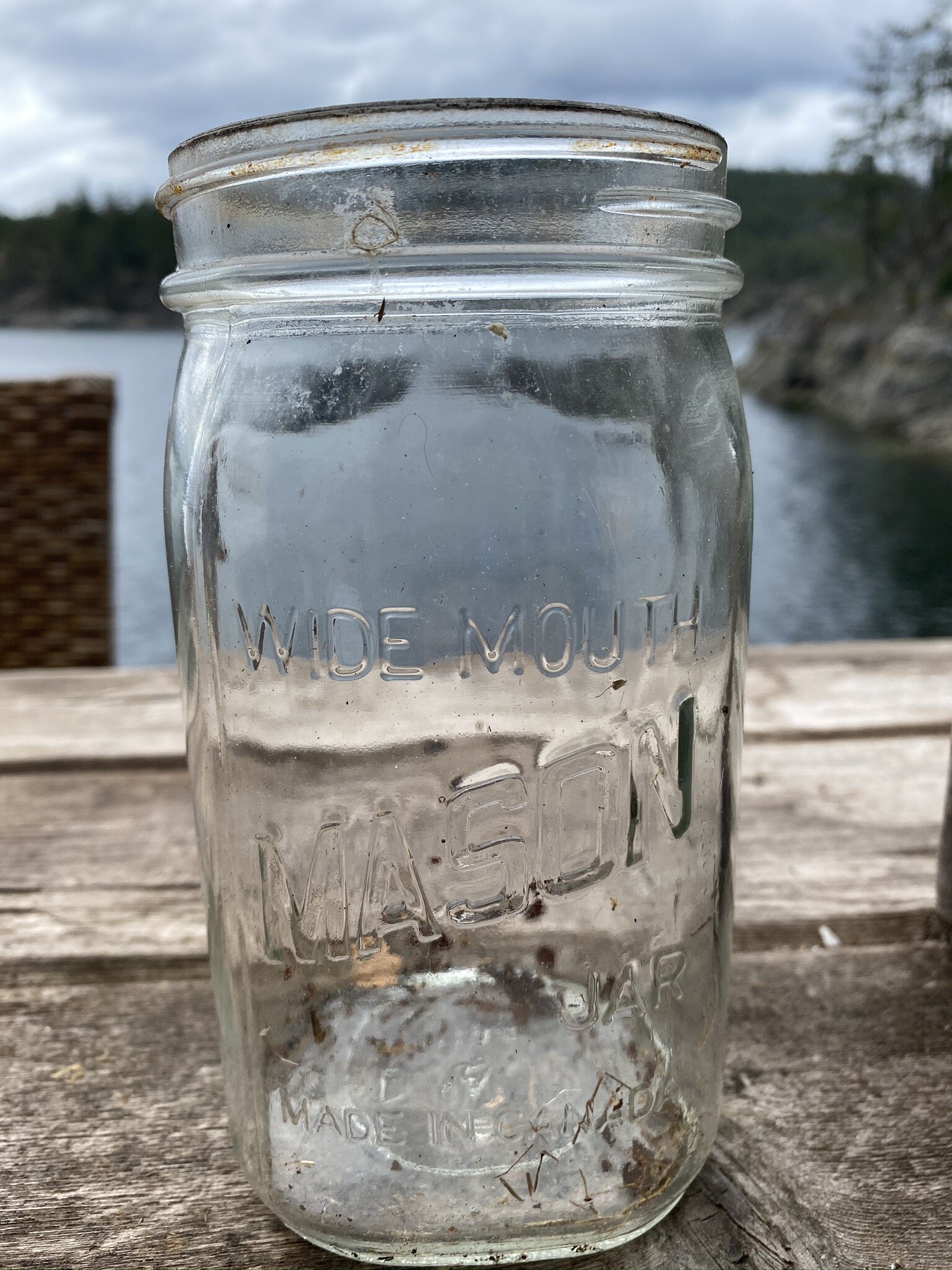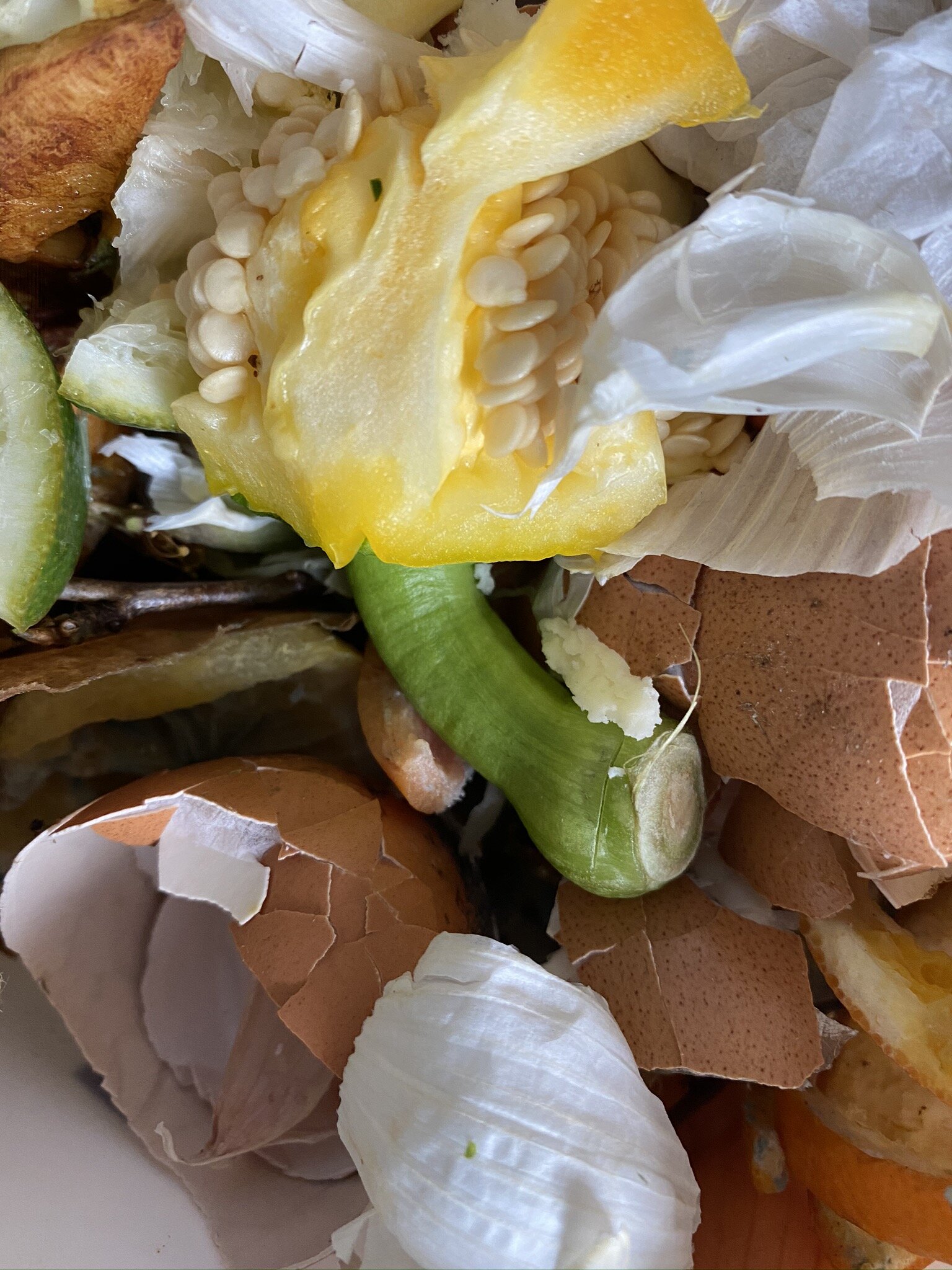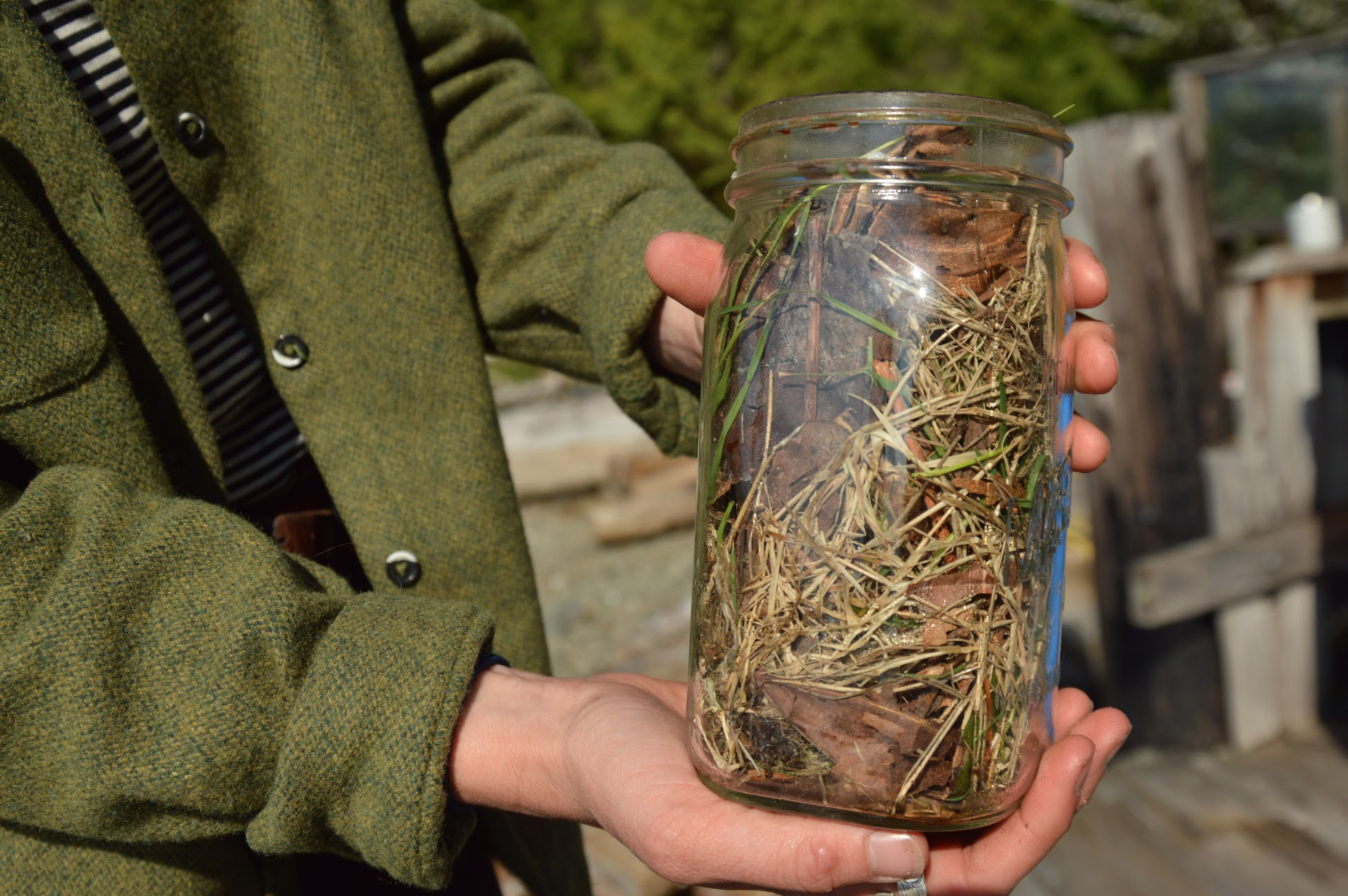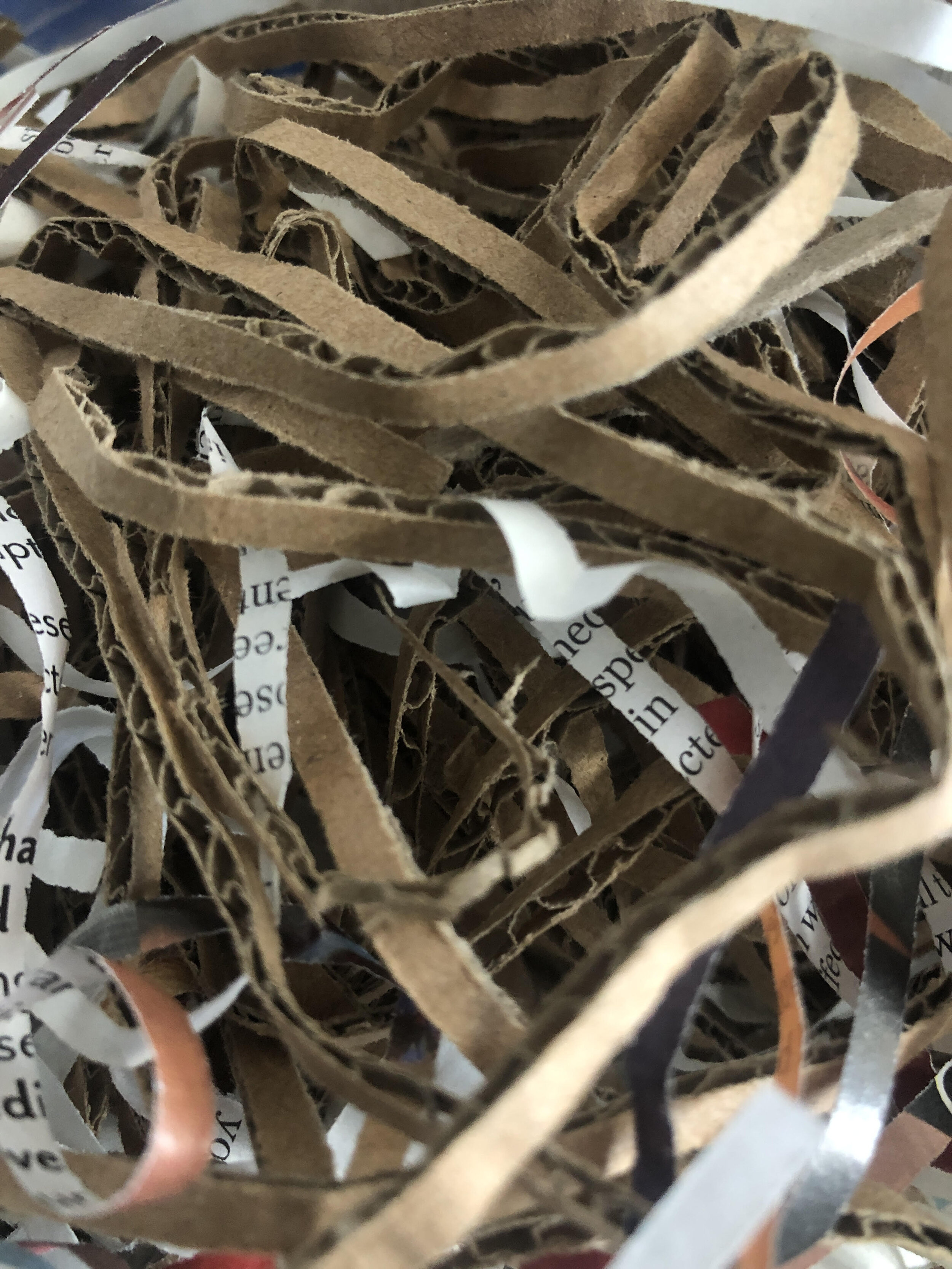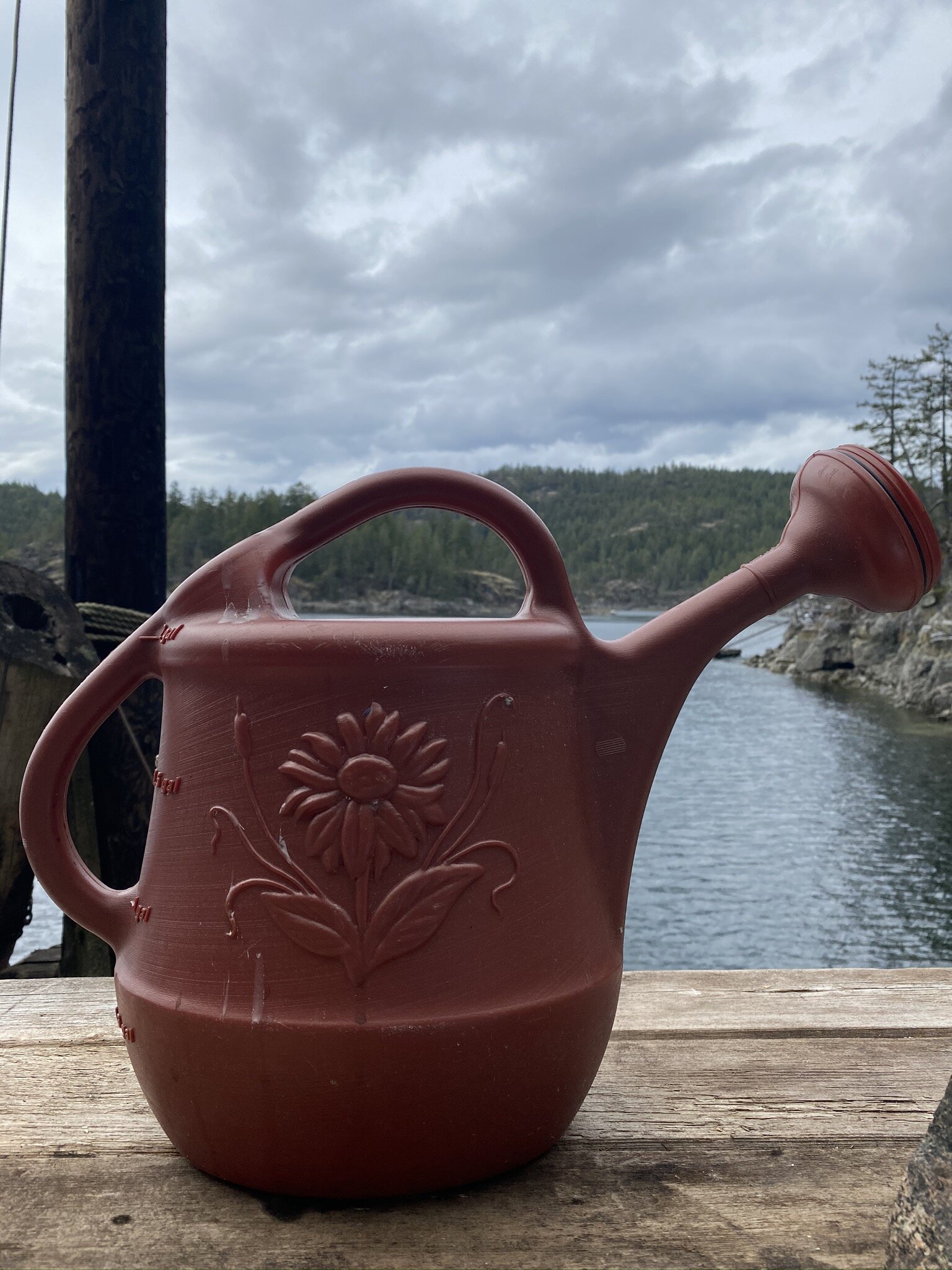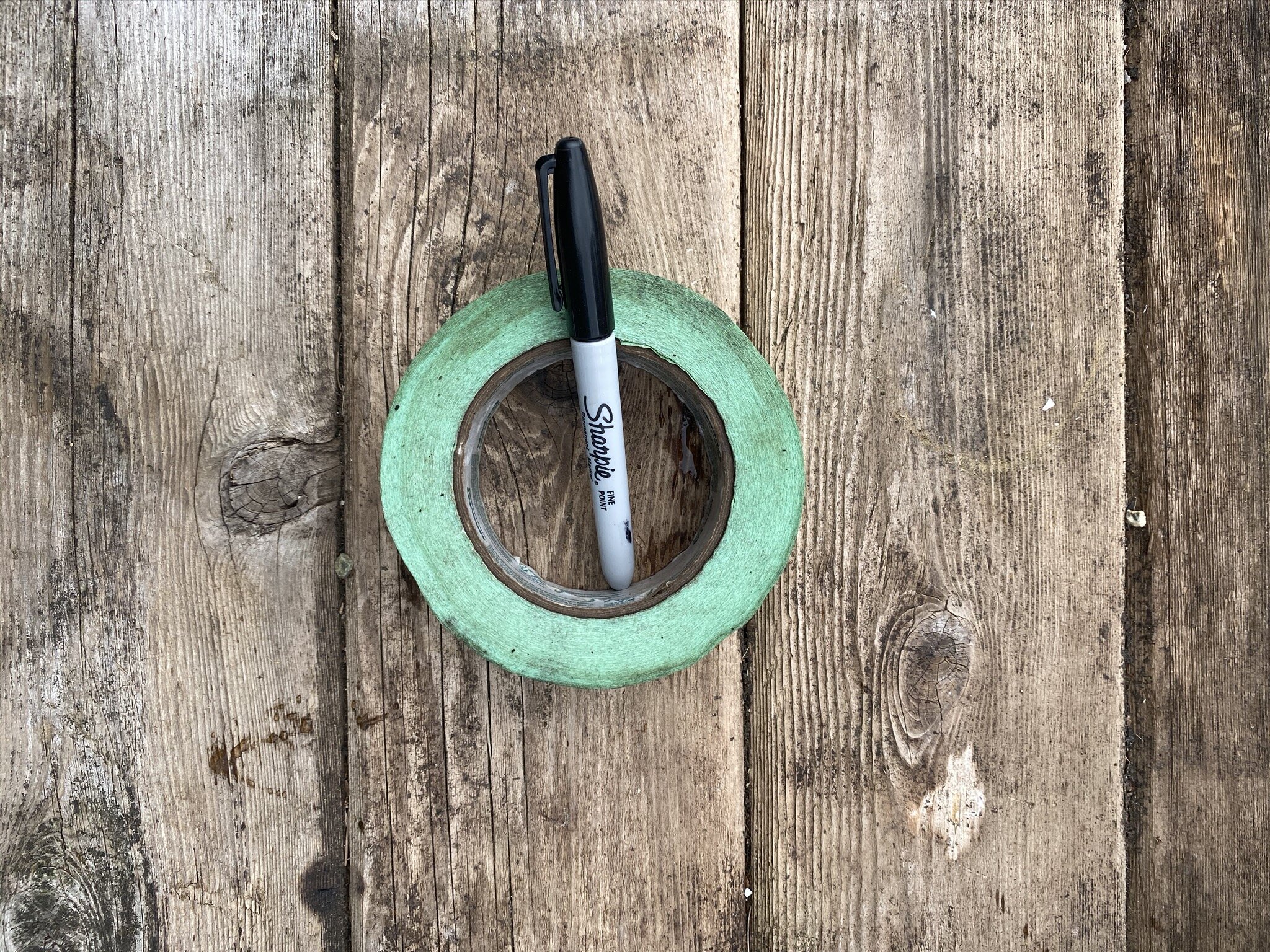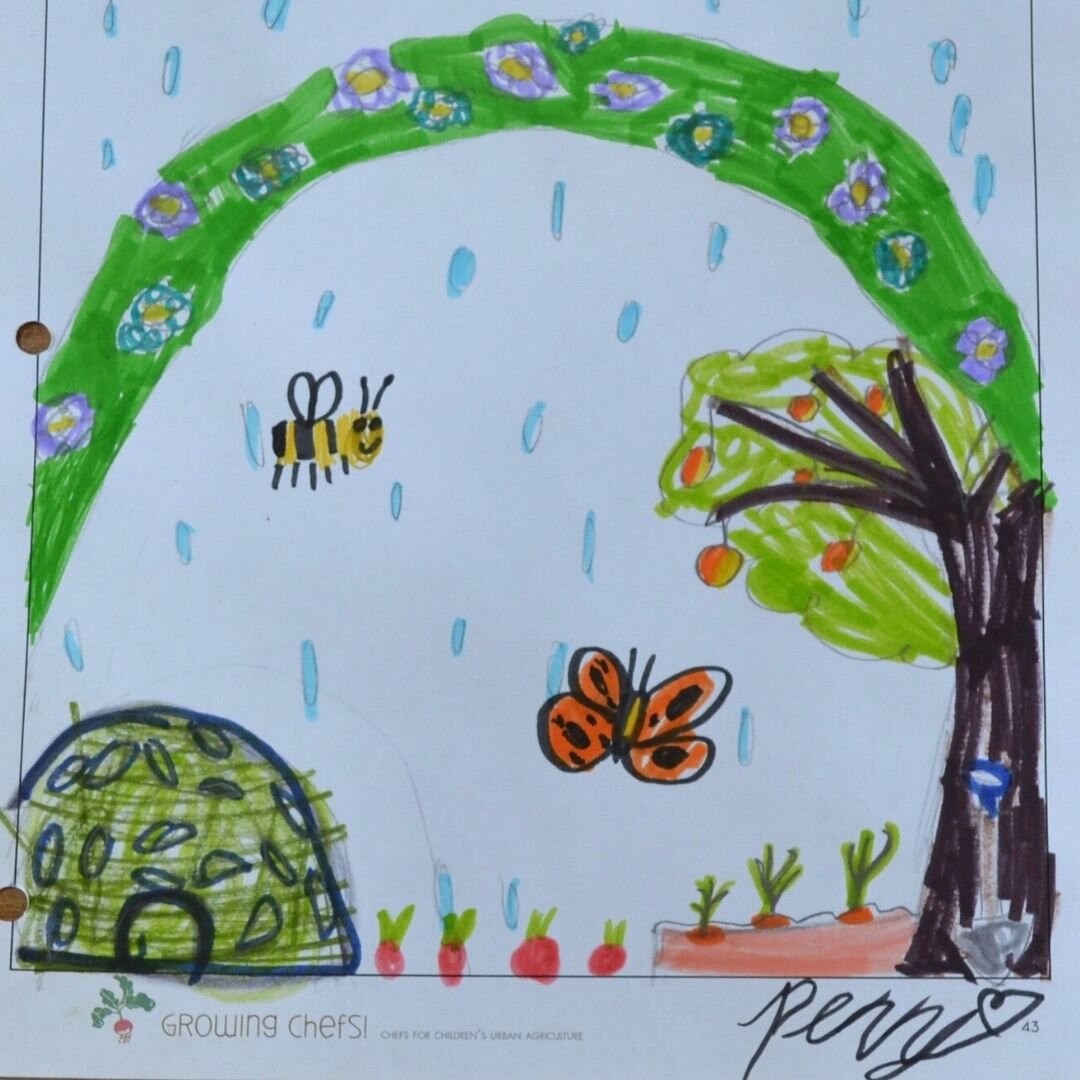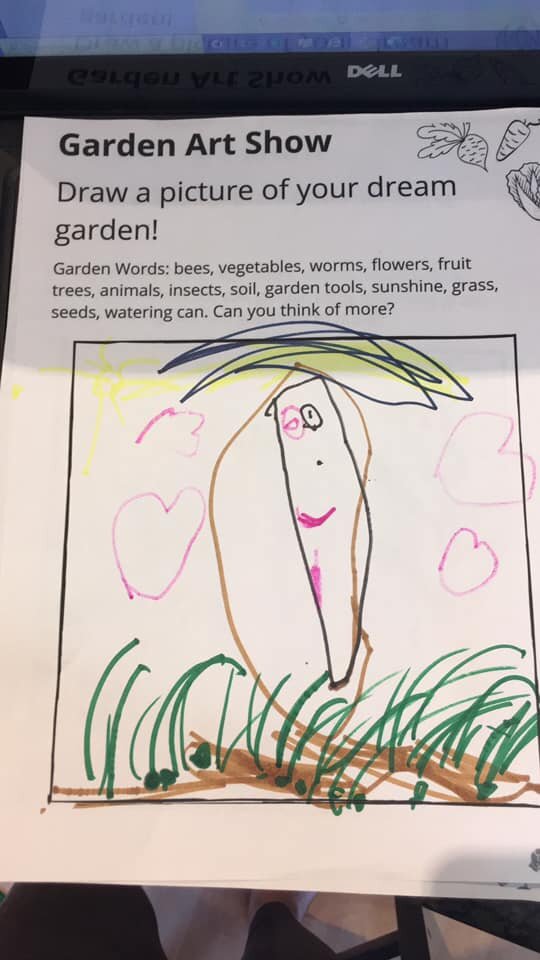The start of the 2020/21 school year has looked very different for our schools and for the Growing Chefs program. When schools were closed in March last year and learning shifted online, our program team was able to quickly adapt our classroom program to launch our Growing Chefs At Home Program. This program provided weekly lessons and activity content for teachers to share as a part of their online lesson plans, and for families at home to engage with food literacy learning.
Given the incredibly positive response to these materials, the Growing Chefs program team continued to build out our online programming to continue offering engaging and interactive food literacy lessons to classrooms and families at home… all focused on teaching kids valuable gardening and cooking skills!
Growing Chefs Home-Learning Program
Connecting Classrooms with Local Food Professionals Through Our Vegeta-pal Program
The Growing Chefs intermediate program for grades 4-7 went virtual in the fall, with “Growing Chefs At Home” continuing in a new format specifically catering to families and home-learners. We have just wrapped up the first of four cohorts of learners currently engaged in this new form of our intermediate programming. Our remaining cohorts will be concluding their lessons over the next month. Our 200 home-learners are guided through a series of ten themed lessons delivered on a weekly basis that include video lessons, printable worksheets, learning activity ideas, recipes, and more! All lessons aim to help connect learners with local healthy food in a fun and imaginative way.
Do you remember the excitement of having a pen pal when you were in school? In an effort to continue building connections between schools and the local food community, as well as continuing to engage our skilled and passionate volunteer base, Growing Chefs launched a pilot for a new “pen pal” style program in October. Teachers around B.C. signed up to be connected with a local chef or farmer, and we paired their class with local food champions who registered to volunteer as our “Vegeta-pals”. Vegeta-pal pairings exchanged email and video messages and, with support from our Growing Chefs team, these volunteers helped students learn more about healthy local food. Keep an eye out for the opportunity to join our upcoming spring cohort of Vegeta-pals coming soon!
Virtual Field Trips now available for Classrooms and Home-learners
In order to foster community connections and interact more directly with students, Growing Chefs has been developing a series of interactive virtual field trips for classrooms and home learners. After piloting our first field trip with three classrooms in December, we are so excited to announce that these field trips are now open for teachers to register their classes to take part in!
These virtual field trips allow students to explore their local food systems, interact live with local food experts related to the theme of the field trip, see and explore unique locations, and think critically about new ideas… all while staying in the comfort and safety of the classroom or home.
Check out the video below for a teaser of what we’ll explore on our field trip to Fresh Roots Urban Farm and sign your classroom up for one of these upcoming workshops today!
More to come this March!
As Growing Chefs continues to adapt, we recognize that this is still a challenging time for everyone. We are continuing to listen to educators and families to ensure that the programming, content, and support we provide is designed to meet the needs of the community. Our spring primary program for grades 1-3 will be run in a virtual format once again, starting up just after spring break. Since spring is the perfect time to get students’ hands in the dirt, start gardens, and get outside, we are working on some additional materials and support with the Master Gardeners Association of Vancouver to help teachers and schools get their students growing this year! Stay tuned for more updates as spring approaches.






